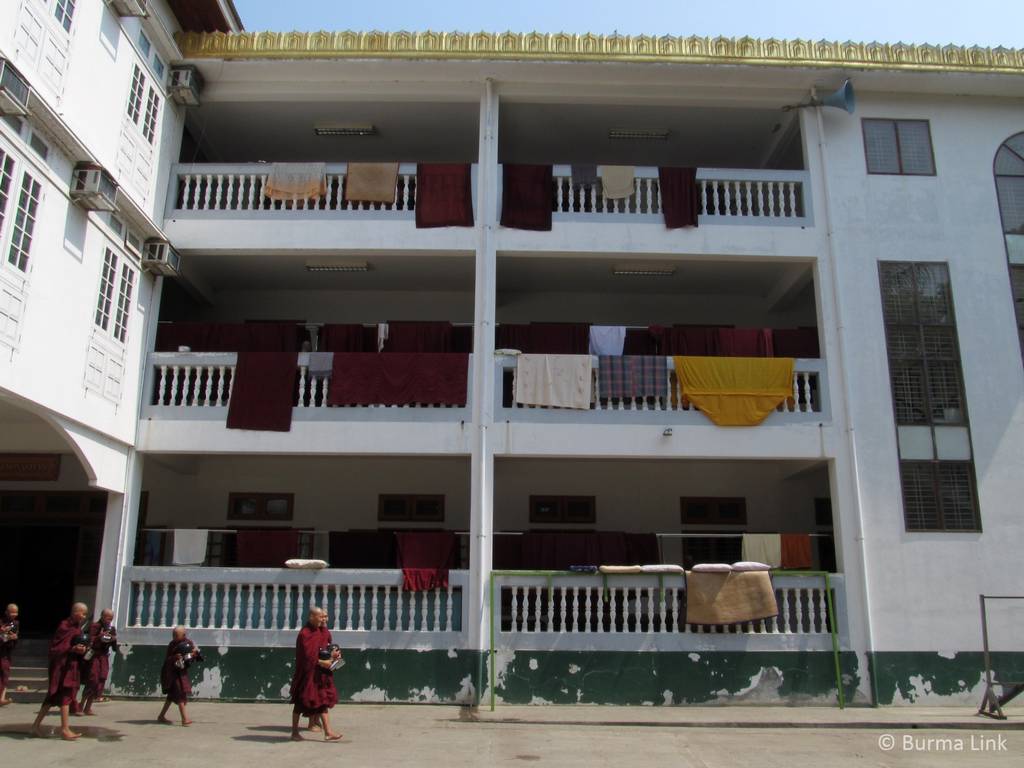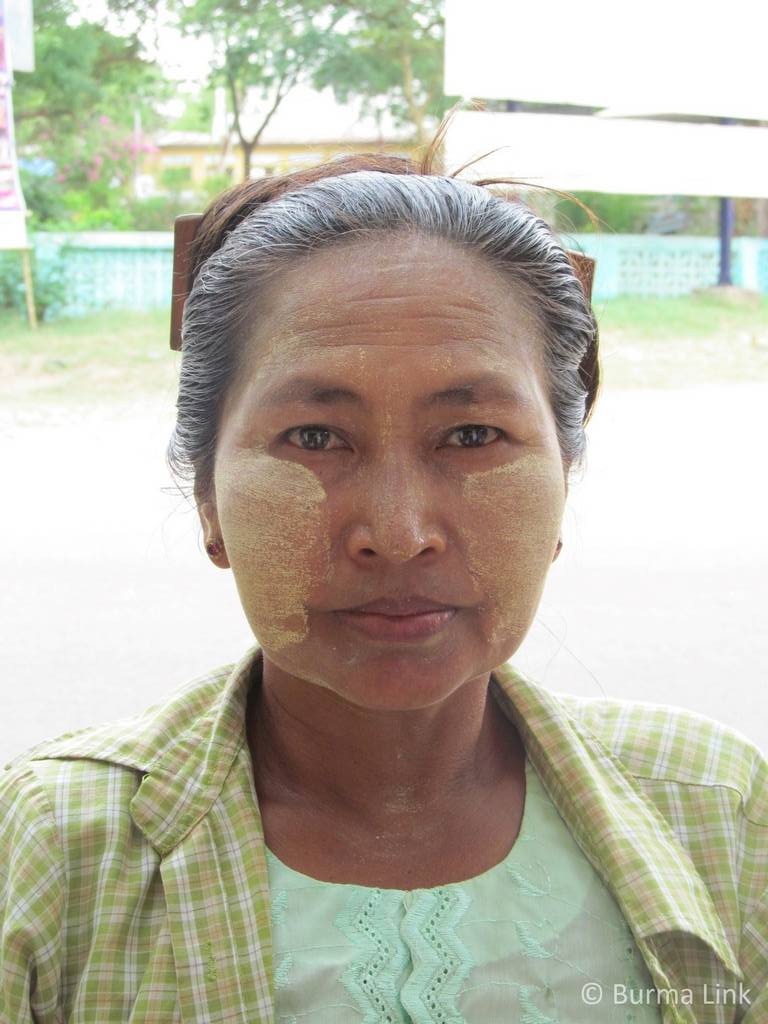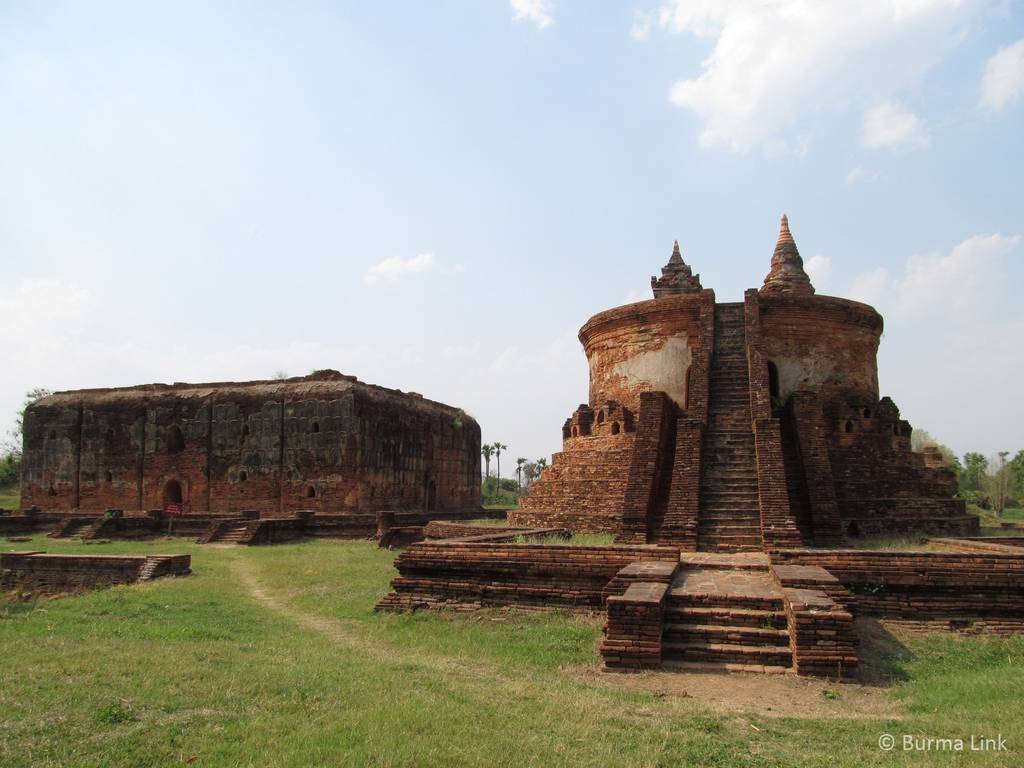Many websites and sources of information omit majority Burman (also called Bamar) when providing information on Burma’s ethnic diversity. While ethnic nationalities have faced the most intense persecution and are most in need of being understood both inside and outside Burma, no source on Burma’s ethnic groups is complete without the majority Burman. Although many ethnic nationality peoples are familiar with Burman culture due to the government’s Burman centred policy and Burmanisation, the Burman point of view must also be presented in order to gain a comprehensive understanding of the people of Burma.
The Burman group is the largest and culturally dominant group in Burma. The Burman mainly live on the central plains, including the cities of Rangoon and Mandalay. The traditionally Burman inhabited area in the country has scarce natural resources, and the Burman mainly earn their living working in agriculture.
The Burman speak the Burmese language, which is also the official language of Burma. Burmese script was developed from Mon script and it is formed by an alphabet that consists of 38 letters, which are different combinations of circles and semi-circles. Some different dialects of Burmese are used in different parts of Burma. Most ethnic nationality members also speak Burmese as they have been forced to use it as a medium of instruction at school.
Theravada Buddhism is a major aspect of the Burman culture and nearly all Burman people are Buddhists. In fact, the culture is sometimes called Burman Buddhist culture. Meditation is practiced by most adults, either at home or in one of the many pagodas or meditation centres. Spirits (called Nats) also play an important role in the Burman belief system and many Buddhist pagodas are either built on the site of an old Nat shrine or the Nat shrines are incorporated into the Buddhist structure. Another important element in the Burman belief system is astrology, and the Burman commonly consult astrologers for important life events as well as at times of crisis.
The Burman culture revolves around a lifecycle of ceremonies and rites of passage. One of the most important occasions in a boy’s life is the Shinpyu ceremony, when the boy becomes a novice monk in the local Buddhist monastery. Holidays and festivals also follow the Buddhist calendar. The most important Buddhist celebrations are the Thingyan (Water Festival), which marks the beginning of the Burmese New Year in April; Kathina (Robe Offering Ceremony), which is held at the start of Buddhist Lent in July and again in November; and Thadingyut (Festival of Lights), which marks the end of the Buddhist lent in October or November.

Novice monks on their daily alms round in front of the white Pagoda in Mingun, Mandalay Region. (Photo: Liz Bordo)
According to an interview survey conducted in Burma in 2009 (Centre for Peace and Conflict Studies, 2010), one of the main concerns of the Burman is the intense prejudice that they face from ethnic nationality members (for more information refer to Majority and Minority Relations). Many Burman feel that most workers in NGOs and CBOs are ethnic nationality members who are unwilling to work with Burman people. Accordingly, many Burman are unable to find work in NGOs and CBOs.
Other significant concerns among the Burman are lack of access to objective information, lack of knowledge regarding other ethnicities and dynamics of the current conflict in the country, as well as frustration with the poor education system.
While most of Burma’s refugees are ethnic nationality members, many Burman people have also fled persecution to neighbouring countries, usually due to political activity and particularly following the 1988 and 2007 uprisings. Many of these people are unwilling to ever return to their homeland as they are still afraid of being imprisoned should they return.
Updated October 17, 2014
Continue reading about Mon


